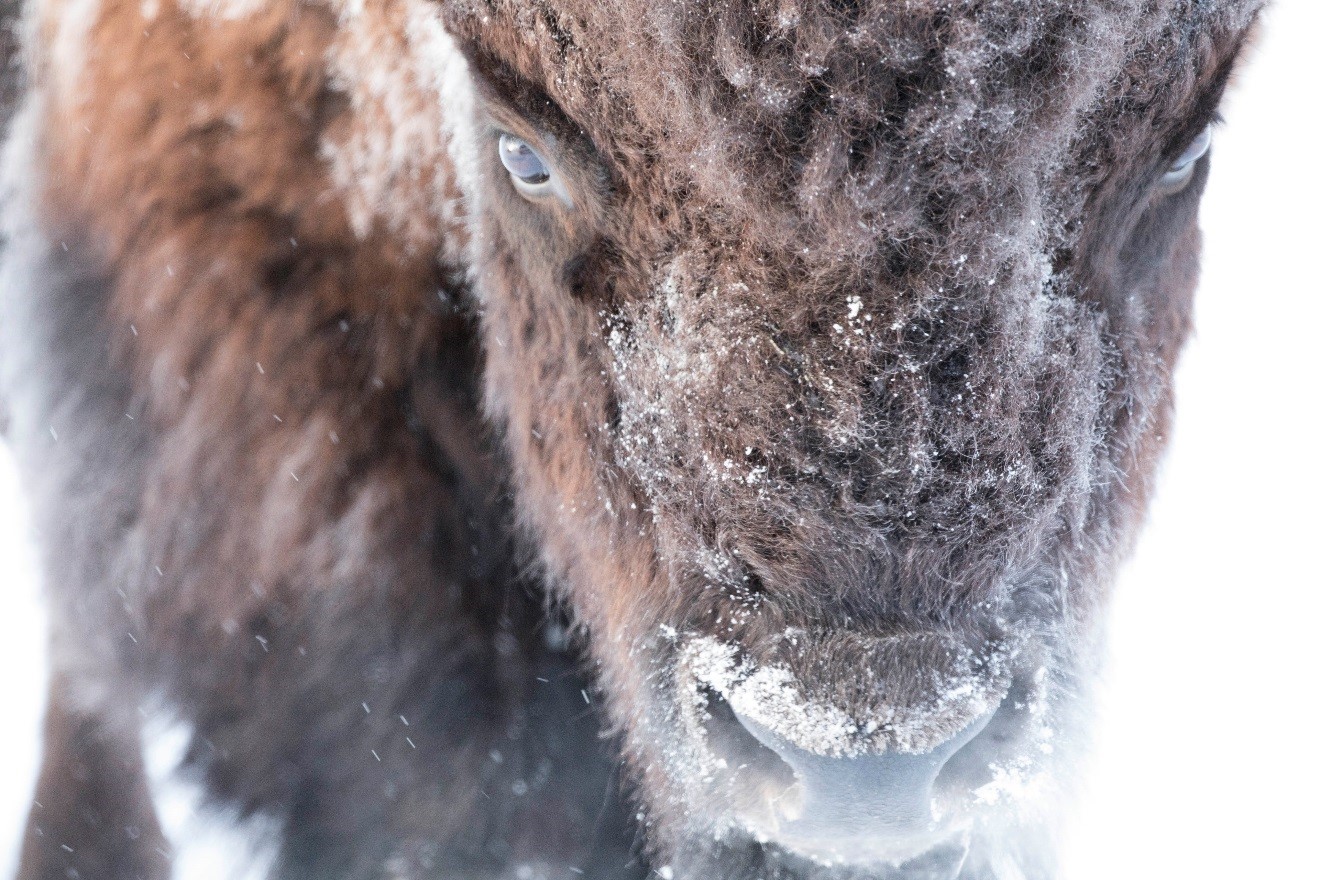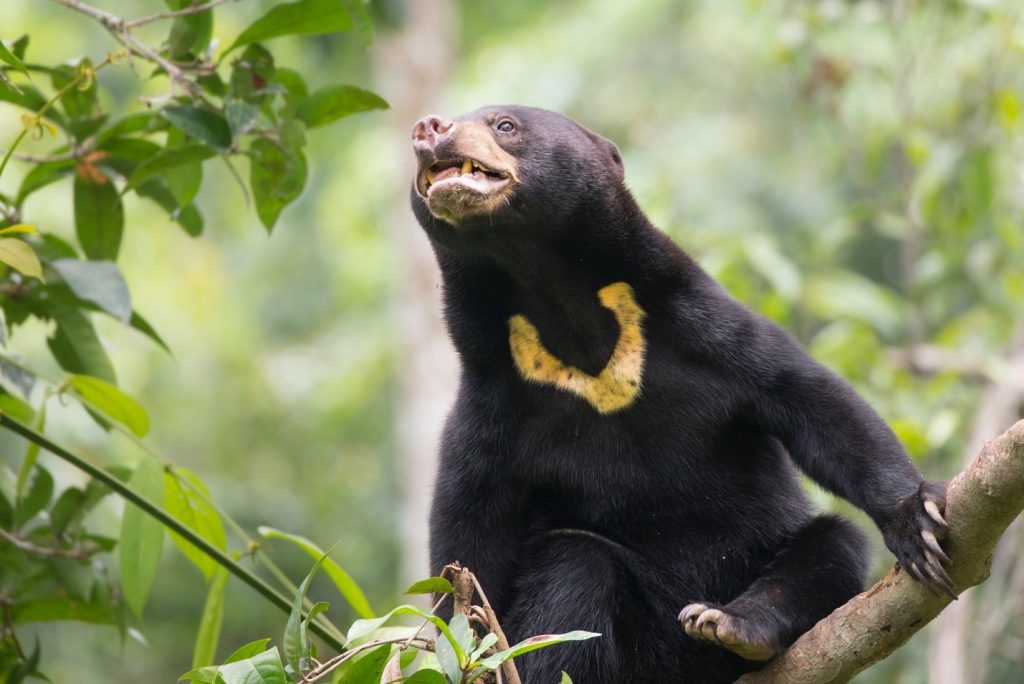
What is the “Perfect” Wildlife Photography Lens
I’m the kind of person that likes to go lightweight when photographing in the field. This goes for landscape, wildlife, and general nature photography. Thus, while there of course is a variety of “perfect lenses” based on the conditions, the subject matter and even your own photographic style, I do have some recommendations (maybe more aptly named considerations of what goes into a perfect lens.
Today we’re going to talk about the perfect lens for wildlife photography.
Ample Telephoto Power
This one goes without saying. Most of the times you can’t get too close to wildlife (nor would we recommend it even if you could get within a few feet or two!) so you need to have some telephoto power. Some might call this zoom, but technically zoom refers to the ability to adjust focal length or the ability to have a range of telephoto power.
To me, ample usually means something at least 300mm at the maximum end. However, if you are shooting on a full-frame camera, you really ought to be looking at 400mm. This, to me, gets into the “ample” realm. However, if you search online for the latest and greatest telephoto lenses, you’ll quickly see a number of manufacturers coming out with super telephotos like 200-500mm and even 150-600mm lenses.
This is great, but you may want to read on to see if they’re right for you and your style of wildlife photography (particularly as it pertains to aperture ratings).

Shallow Depth of Field Capabilities
This is the tough one, as it usually takes some compromise here.
What I mean by shallow depth of field (DoF) is your maximum aperture rating for the lens. This is otherwise known as the smallest f/number. Oftentimes you’ll see a range of f/numbers for telephoto zoom lenses–i.e., those lenses that can indeed zoom from one focal length to another. Classic examples are 70-300mm, 100-400mm, 200-500mm. These often are rated at f/4.5-5.6 or even f/5-6.3.
What happens is that your lens starts out at the lowest f/number when at the minimum focal length. In the above examples that would be 70, 100, and 200mm respectively. However, as you zoom to the higher focal lengths, that maximum aperture (smallest f/number) becomes bigger in a linear way. Once you’re at the maximum telephoto like 300, 400 or 500mm, you physically can’t go smaller than the larger of the two f/numbers.
What this all boils down to is that for wildlife photography especially, you do want a small f/number. Small f/numbers let in more light, so you are better equipped for low-light photography at dawn and dusk (common times for wildlife to be particularly active). Small f/numbers also get you that beautiful portrait look with the background blur we refer to as “bokeh.” Two big things in the world of wildlife photography.
So, once you first pick the right focal length given your style and needs, try and get the smallest f/number rating for the lens.
A couple words of caution…
a) If there are aperture options for similar lenses, the lower f/number often costs considerably more and b) many lenses simply do not have a lower f/number option. You’re stuck at, say, f/4.5-5.6. You may not be able to find a zoom telephoto in the range you’re looking for at f/2.8 or f/4.

Image Stabilization is a Game-Changer
You will want to try and find a zoom telephoto that offers image stabilization. This is called different things by different camera platforms (e.g., Nikon uses the term “vibration reduction” while Canon uses “image stabilization”), but they all do something rather similar–they offer you the ability to hand-hold photos as slow shutter speeds and still get great shots. The need for a slow shutter speed is often the result of lower-light photography, so this translates to great ability to photograph in low light conditions.
This is an excellent way to get around the need for those small f/numbers when photographing wildlife.
General Construction of the Lens
This one might be the least important in my book, but it’s worth mentioning. If you are on a wildlife photo safari, you may be subject to a variety of environmental conditions…heat, cold, dust, moisture…it’s hard to say. But the more protected your lens is, the more time you can spend in slightly adverse conditions getting phenomenal photos. I personally never shy away from wind or rain, because my camera and lens is weather-sealed, and some of the photos I’ve managed to get over the years in such conditions are unique, intriguing, and I personally think captivating.

My Top Pick
You didn’t think I was going to go on and on and not mention an actual lens, did you?
Well, I do think it’s more important that you read and digest the above categories and criteria to make up your own mind, but to me the “perfect” wildlife lens is the 100-400mm class. Nearly every major camera manufacturer (and 3rd party lens manufacturer) has this type of lens, so you should be able to find it easily.
This zoom telephoto range allows me to photograph big fill-the-frame wildlife shots one moment, and then zoom out and get a great wildlife-in-landscape shot the next.
Most of these have an aperture rating of f/4.5 to 5.6, which means that at 100mm I can shoot fairly close to f/4, which does provide some nice background blur (bokeh) and gives me decent low-light ability. And at 400mm, f/5.6 is very reasonable…not extraordinary, but not shabby either.
Why Bigger isn’t always Better
This, to me, is where the bigger 200-500mm and 150-600mm falter a little. Yes, you do get more telephoto power, which is wonderful, but you may also have to deal with higher-than-desired aperture ratings. Usually you must deal with f/6.3 or even f/7.1 at the telephoto extent of these lenses, which gives you less of that pleasing background blur, and more challenges with low-light photography. However, this is exactly why you need to look at your own needs and own style, as that might be small potatoes to you, and the extra telephoto power might be essential.
The newest 100-400mm lenses employ the latest image stabilization tech. This helps greatly with low-light and hand-held photography.
Finally, nearly all camera companies offer this lens in a “high quality” version (maybe the only version) that is weather-sealed and made of sturdy materials to allow it to get down and dirty out in the field.
So there you have it! Hopefully lots of good advice and if you have skipped all the way until the end you still get lots of advice on why I feel this 100-400mm range is about as close to ideal as possible.
Happy shooting, friends!

Court
Leave a reply